M. Tavakoli9812813152, 9789812813152
Contents: Introduction; Sensorized Surgical Effector (Slave); Haptic User Interface (Master); Unilateral Teleoperation Control; Bilateral Teleoperation Control; Substitution for Haptic Feedback: Bilateral Teleoperation Control Under Time Delay.
Table of contents :
Contents……Page 12
Preface……Page 8
List of Figures……Page 16
List of Tables……Page 20
1.1 Robot-Assisted Intervention: Bene ts and Applications……Page 22
1.2.1.1 Hand-held tools……Page 23
1.2.1.2 Cooperatively-controlled tools……Page 25
1.2.1.3 Teleoperated tools……Page 26
1.2.2.1 Positioning/stabilization purposes……Page 28
1.2.2.2 Increasing device dexterity or autonomy……Page 29
1.3.1.2 Freedom-6S……Page 30
1.3.1.3 Laparoscopic Impulse Engine and Surgical Workstation……Page 31
1.3.2 Haptic surgical teleoperation……Page 32
1.4 Technological Challenges of the Future……Page 33
2.1.1 Limitations of endoscopic surgery……Page 34
2.1.2 The need for robot-assisted surgery……Page 35
2.1.3 Signi cance of haptic perception in master-slave operation……Page 36
2.1.4 Perceptual-motor skills study……Page 38
2.2 Methods, Materials and Results……Page 39
2.2.1 Force reection methods……Page 40
2.2.2 Design requirements……Page 41
2.2.3 Twist and tip motions……Page 42
2.2.4 Interaction measurement……Page 45
2.3 Discussion……Page 48
2.4 Concluding Remarks……Page 50
3.1.1 Computer-assisted endoscopic surgery training……Page 52
3.1.1.1 Haptic perception in computer-assisted surgical training……Page 53
3.2 Haptic User Interface Architecture……Page 54
3.2.1 Force reflection in pitch, yaw and insertion……Page 55
3.2.2 Force reflection in roll and gripping……Page 56
3.3 Analysis of the Haptic Interface……Page 58
3.3.1 Sensitivity……Page 60
3.3.2 Workspace……Page 61
3.3.2.1 Optimization for control accuracy……Page 62
3.3.3 Force reection capability……Page 64
3.4 Concluding Remarks……Page 67
4.1 Introduction……Page 68
4.1.2 Feedback error learning control……Page 69
4.2 PHANToM Inverse Dynamics Identification……Page 70
4.3 Adaptive Inverse Dynamics Trajectory Control of the PHANToM……Page 72
5.2 Stability and Transparency in Haptic Teleoperation……Page 76
5.2.1.1 Position Error Based (PEB)……Page 79
5.2.1.2 Direct Force Reection (DFR)……Page 81
5.2.2 4-channel architecture……Page 83
5.2.2.1 Scattering theory and absolute stability……Page 84
5.2.2.2 Stability and performance robustness……Page 86
5.2.2.3 3-channel case……Page 89
5.3.2 Master-slave communication……Page 90
5.3.3 Observation of hand forces……Page 91
5.3.5 Soft-tissue palpation tests……Page 93
5.4 Concluding Remarks……Page 99
6.1 Introduction……Page 102
6.2.1.1 Experiment design……Page 105
6.2.1.2 Results……Page 107
6.2.1.3 Discussion……Page 109
6.3 Multi-Modal Contact Cues……Page 110
6.3.1.1 Experiment Design……Page 111
6.3.1.2 Results……Page 113
6.3.1.3 Discussion……Page 115
6.4 Concluding Remarks……Page 116
7.1 Introduction……Page 118
7.2.1 Passivity-based time delay compensation……Page 120
7.3.1.1 APEB and ltered APEB……Page 123
7.3.1.2 AKFB and ltered AKFB……Page 125
7.3.2 Hybrid-type con gurations……Page 126
7.4.1 Delay-free case……Page 127
7.4.2 Wave-based 4-channel architecture……Page 129
7.4.3 Transparency considerations……Page 131
7.5 Experimental Performance Evaluation……Page 133
7.6 Concluding Remarks……Page 139
A.2 Laparoscopic instrument assembly……Page 142
A.5 PHANToM haptic device……Page 143
B.2 Instrument shaft……Page 146
B.5 PHANToM haptic device……Page 147
C.2 Inverse kinematics……Page 152
C.3 Manipulator Jacobian……Page 153
C.4 Dynamics……Page 154
D.1 Dynamic modeling……Page 156
D.2 Parametric identification……Page 157
Appendix E Virtual Reality Peripheral Network……Page 160
Appendix F t-Test and ANOVA……Page 164
Bibliography……Page 166
Index……Page 178
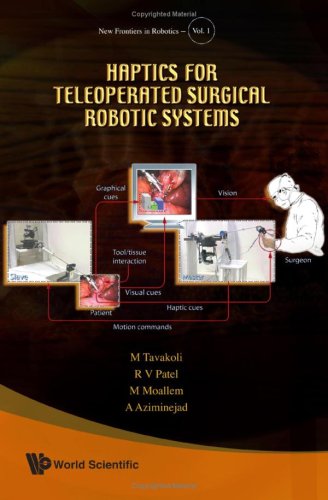
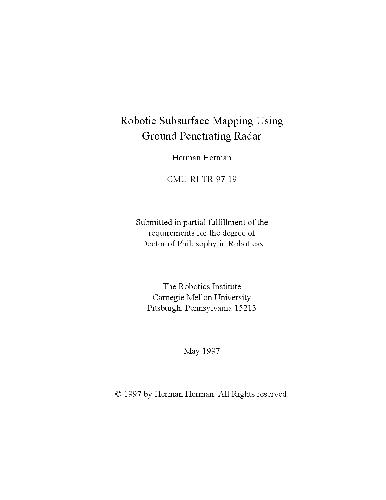
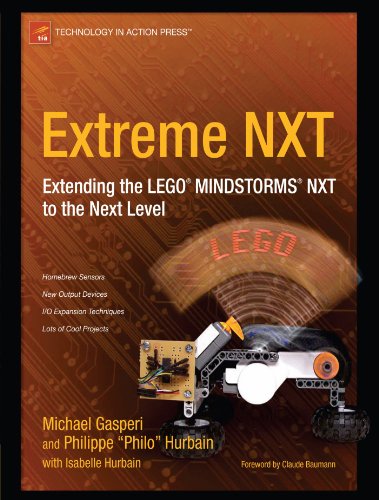

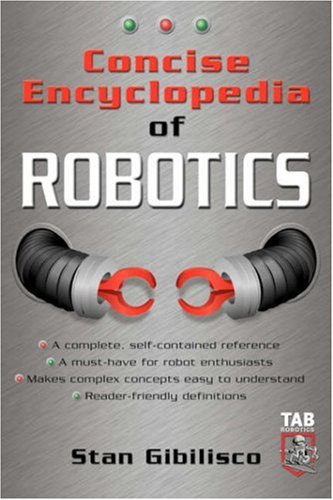

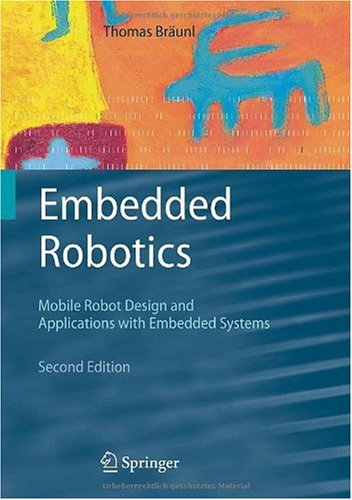
Reviews
There are no reviews yet.